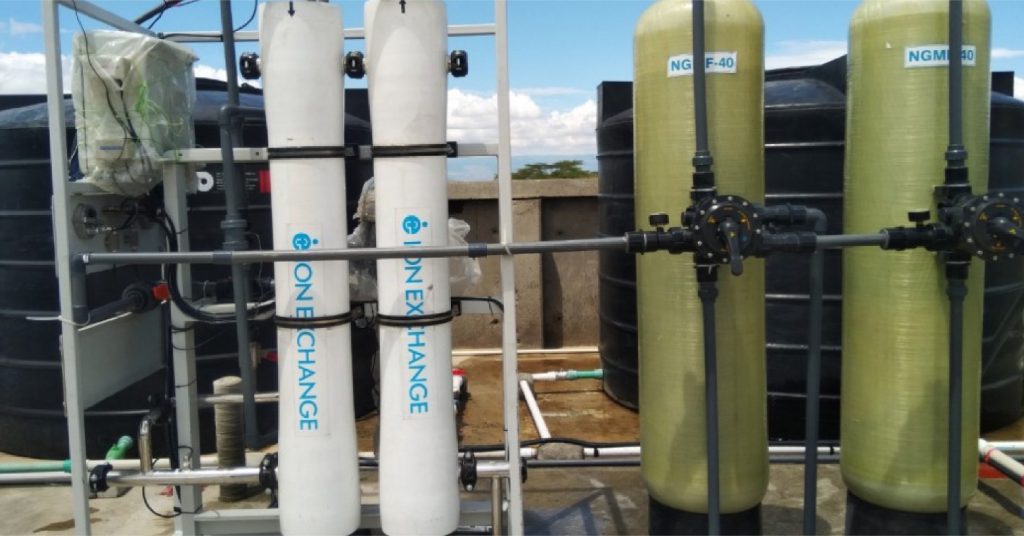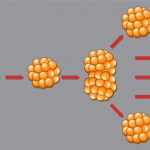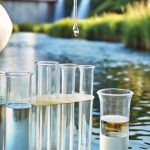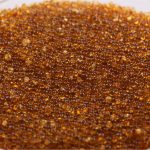Water is a fundamental resource, essential for life and various industrial processes. However, with the growing global population and industrialization, the availability of clean and safe water is becoming increasingly limited. Water treatment processes have become critical in addressing this challenge, ensuring that water, whether from surface, groundwater, or industrial effluent, is purified and made suitable for consumption and use. Among the most effective methods in modern water treatment is the membrane separation process. This technology plays a pivotal role in separating impurities from water, making it one of the most efficient and reliable water purification methods available today.
The membrane separation process, along with chemical separation processes, is at the forefront of these innovations, offering advanced solutions that cater to various industries, including pharmaceuticals, biotechnology, and more. This blog will explore the intricacies of membrane separation processes, their advantages, and the advanced techniques used in the process of separation and purification of expressed proteins.
Table of Contents
ToggleWhat is Membrane Separation in Water Treatment?
In water treatment, the membrane acts as a barrier, allowing water molecules to pass through while blocking larger particles and dissolved substances. Several types of membranes are used in the membrane separation process, each with specific applications:
- Reverse Osmosis (RO): Utilizes a dense membrane to remove dissolved salts and impurities, making it suitable for desalination and other high-purity water applications.
- Ultrafiltration (UF): Employs a porous membrane to remove larger particles, bacteria, and viruses from water, often used in pre-treatment processes.
- Nanofiltration (NF): Targets specific contaminants like organic molecules and divalent ions, providing a balance between RO and UF in terms of filtration efficiency.
- Microfiltration (MF): Filters out suspended solids and larger particles, often used as a pre-treatment step before RO or UF.
How the Membrane Separation Process Works
The membrane separation process in water treatment involves several steps. Here’s a step-by-step breakdown of how the separation process works:
- Pre-Treatment: Before the water passes through the membrane, it undergoes pre-treatment to remove large particles and prevent membrane fouling.
- Membrane Filtration: The pre-treated water is then forced through the membrane under pressure. The membrane allows water molecules and small solutes to pass through while retaining larger particles and dissolved solids.
- Permeate and Retentate: The water that passes through the membrane is called permeate, which is purified and ready for use.
- Post-Treatment: The permeate may undergo post-treatment processes such as disinfection or pH adjustment to meet specific quality standards.
Chemical Separation Processes in Water Treatment
While the membrane separation process is highly effective, it often works in conjunction with chemical separation processes to enhance overall efficiency. The chemical separation process involves the use of chemicals to remove specific contaminants or to condition the water before or after membrane filtration.
Key chemical processes include:
- Coagulation: The addition of coagulants causes fine particles to clump together, forming larger aggregates that can be easily filtered out by the membrane.
- Flocculation: Following coagulation, flocculants are added to promote the formation of larger flocs, which are then removed during the membrane separation process.
- Disinfection: Chemical disinfectants such as chlorine or ozone are used in post-treatment to eliminate any remaining microorganisms, ensuring the safety of the treated water.
The Process of Separation and Purification of Expressed Protein
One of the most advanced applications of membrane separation technology is in the process of separation and purification of expressed proteins. This process is critical in the pharmaceutical and biotechnology industries, where purified proteins are required for drug development, research, and therapeutic applications. The process typically involves several stages:
- Initial Separation
- Concentration
- Purification
Innovative Membrane Separation Solutions by Ion Exchange
Ion Exchange, a leader in water treatment solutions, has been at the forefront of innovation in membrane separation technology. Their advanced membrane products and systems are designed to meet the diverse needs of industries and municipalities worldwide.
Ion Exchange has pioneered the innovative application of membrane and ion exchange technologies for a variety of process fluid separations, purification, and concentration needs across multiple industries. From sugar, starch, gelatin, and food & beverages to dairy, pharmaceuticals, chemicals, and dye production, Ion Exchange’s advanced processes have been effectively utilized to improve product quality and streamline operations. More recently, these technologies have been successfully applied to remove specific contaminants from ground and surface water, as well as complex wastewater, making them suitable for both drinking and industrial purposes. This adaptability showcases Ion Exchange’s commitment to developing cutting-edge solutions for a wide range of applications.
These solutions are designed to deliver reliable, high-quality water treatment in even the most challenging environments, making Ion Exchange a trusted partner for water treatment needs.
Conclusion
The membrane separation process is a powerful tool in the field of water treatment, offering unmatched efficiency and versatility. From basic water purification to advanced applications like the process of separation and purification of expressed proteins, membrane technology plays a crucial role in ensuring clean, safe water for a variety of uses. By understanding the principles and benefits of membrane separation processes, industries can optimize their water treatment systems, reduce costs, and improve sustainability.







